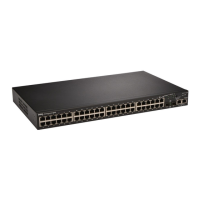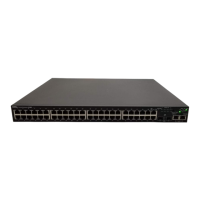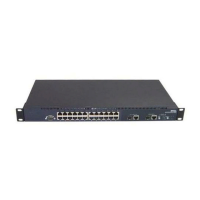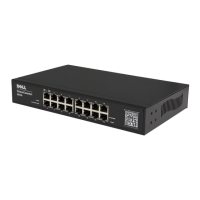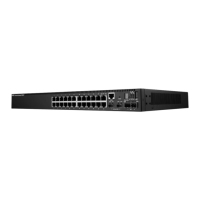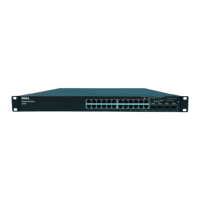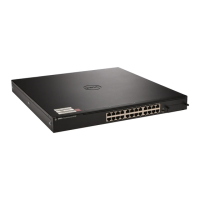522 802.1x Commands
Examples
The following example sets the number of times that the device sends an EAP-request/identity frame to 6 .
dot1x timeout supp-timeout
The dot1x timeout supp-timeout Interface Configuration mode command sets the time for the
retransmission of an Extensible Authentication Protocol (EAP)-request frame to the client. Use the no
form of this command to return to the default configuration.
Syntax
•
dot1x timeout supp-timeout
seconds
• no dot1x timeout supp-timeout
•
seconds —
Time in seconds that the device waits for a response to an EAP-request frame from the
client before resending the request. (Range: 1- 65535 seconds)
Default Configuration
Default timeout period is 30 seconds.
Command Mode
Interface configuration (Ethernet) mode.
User Guidelines
The default value of this command should be changed only to adjust for unusual circumstances, such as
unreliable links or specific behavioral problems with certain clients. and authentication servers
Examples
The following example sets the timeout period before retransmitting an EAP-request frame to the client
to 3600 seconds.
dot1x timeout server-timeout
The dot1x timeout server-timeout Interface Configuration mode command sets the time that the device
waits for a response from the authentication server. Use the no form of this command to return to the
default configuration.
Console(config)# interface ethernet 1/e16
Console(config-if)# dot1x max-req 6
Console(config-if)# dot1x timeout supp-timeout 3600
book.book Page 522 Thursday, December 18, 2008 7:40 PM
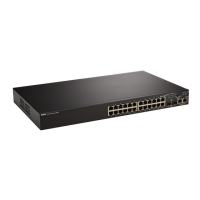
